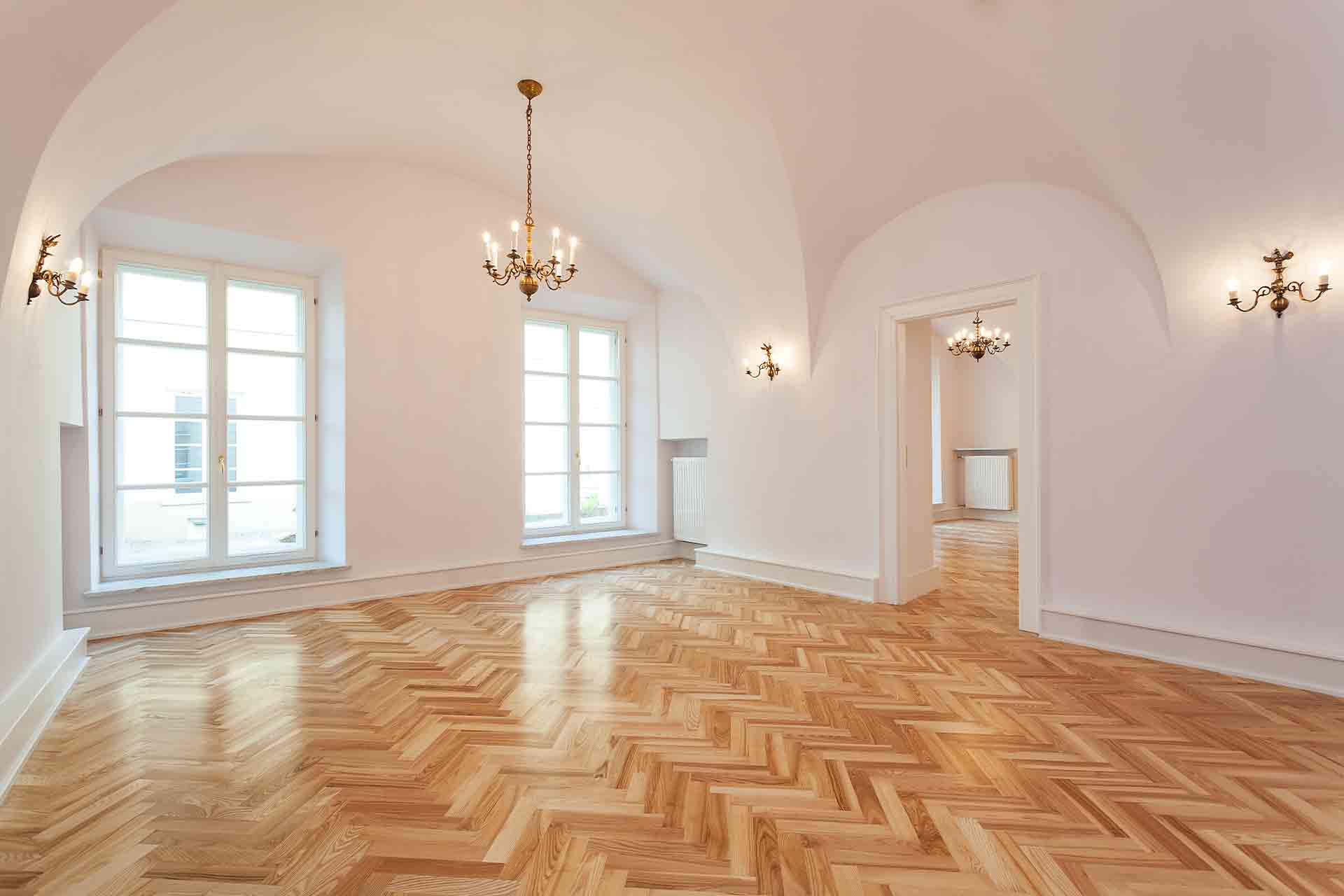When it comes to enhancing the aesthetic appeal and value of your home, flooring plays a significant role. Among the myriad of flooring options available, parquet and hardwood stand out as timeless classics, each offering its own set of advantages and considerations. Understanding the differences between these two can help you make an informed decision that aligns with your preferences, lifestyle, and budget.
Parquet Flooring:
Parquet flooring is renowned for its intricate patterns and timeless elegance. It is composed of small wood pieces arranged in geometric patterns, creating a visually stunning effect. Parquet floors are typically made from various wood species such as oak, walnut, cherry, or maple, offering a wide range of color and grain variations to suit different design preferences.
One of the main advantages of parquet flooring is its versatility in design. Whether you prefer a traditional herringbone pattern, a contemporary chevron layout, or a custom design, parquet allows for endless possibilities to personalize your space. Additionally, parquet flooring adds a touch of luxury and sophistication to any room, making it a popular choice for upscale residences and commercial spaces alike.
In terms of maintenance, parquet flooring requires regular care to preserve its beauty and durability. Routine sweeping and occasional mopping are necessary to keep the surface clean and free from dirt and debris. Additionally, it is essential to avoid excessive moisture exposure, as it can cause the wood to warp or swell over time.
While parquet flooring offers undeniable aesthetic appeal, it may come with a higher price tag compared to other flooring options. The intricate installation process and premium materials contribute to its cost, making it more suitable for homeowners willing to invest in long-term quality and elegance.
Hardwood Flooring:
Hardwood flooring, on the other hand, is a timeless classic known for its durability, warmth, and natural beauty. Unlike parquet, hardwood planks are typically wider and longer, showcasing the natural grain patterns and character of the wood species. Common hardwood options include oak, maple, cherry, and hickory, each with its own unique color and texture.
One of the primary advantages of hardwood flooring is its durability and longevity. With proper care and maintenance, hardwood floors can last for decades, making them a worthwhile investment for homeowners seeking lasting value. Additionally, hardwood is relatively low-maintenance, requiring regular sweeping and occasional refinishing to keep it looking its best.
Hardwood flooring offers versatility in design as well, with options ranging from traditional strip flooring to wider plank styles. Whether you prefer a rustic, distressed look or a sleek, modern finish, hardwood can complement a variety of interior design aesthetics, making it a versatile choice for any home.
In terms of cost, hardwood flooring can vary depending on the wood species, grade, and installation method. While it may initially have a higher upfront cost than some other flooring options, its durability and timeless appeal often make it a cost-effective choice in the long run.
Choosing the Right Option:
Ultimately, the choice between parquet flooring and hardwood depends on your personal preferences, budget, and lifestyle. If you value intricate design, luxury, and are willing to invest in premium materials, parquet flooring may be the perfect choice for you. However, if you prefer timeless elegance, durability, and versatility, hardwood flooring offers a classic option that can enhance any space.

